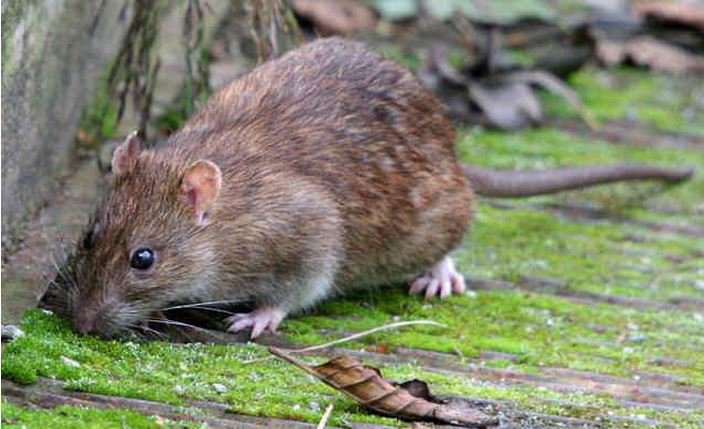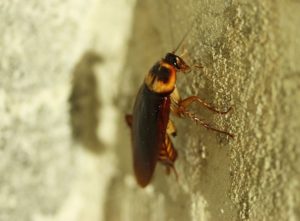Pests are a problem. In fact, they are a widespread problem across the UK whether you are in rural or urban areas. That said, certain urban centres suffer more than others when it comes to pest infestations and pest control – London being a prime example. The brown rat is one of London’s most common and most notorious pests, being almost synonymous with the city and its underground rail and sewer systems. However, as much of a Londoner as this pest is, it is not actually native to the UK. The brown rat only came to the UK after joining the Great Pest Migration; an event which saw many of our common pests migrate with human populations to our shores. Let’s take a closer look at the brown rat’s story.
Name: The Brown Rat (Rattus Norvegicus)
Appearance: Coarse fur that is either brown or dark grey in colour with light grey or brown undersides
Height/Weight:Bodies can be up to 25cm long, the tails are of a similar length and the average weight is between 250-350g
Characteristics: Brown rats are nocturnal with limited vision (similar to human colour blindness) meaning they rely on other senses like their acute hearing. Sensitive to ultrasonic sounds, poor climbers and good swimmers, these social creatures use their olfactory system and communicative squeaks to interact
Diet: Rats are omnivorous creatures and they will eat anything. Cereals make up the most part of their diet but they are also partial to “human” food like scrambled eggs or macaroni and cheese
Habitat: The brown rat will live wherever people live, especially in urban areas or man-made underground systems like the tube or sewers. If humans are absent they prefer damp environments like river banks
Brown rats are common in the UK these days, often found in sewers and back alleys. However, brown rats are not a species native to the UK or Europe. They are thought to have originated in Asia, specifically in northern China where European trade routes opened up in the 16th century. Having spread from Asia to the rest of the world during the Middle Ages, the brown rat is now an established species throughout Europe and North America. There are theories that suggest the brown rat established itself quickly once it arrived in England, in as early as 1553 but the reliable reports of these rats date from the 18th century.
After travelling quite an impressive distance and having had centuries to establish themselves as a species that not only survive but also thrive in the UK, brown rats are now one of the most common rodents in the UK. Their rapid breeding and social behaviour means they are present in great number all over rural and urban areas. They are a particular pest for humans because they exist in such close proximity to us, preferring to live wherever humans are because of the abundant food resource and shelter our settlements provide.
On top of being an ever-present pest, these social creatures can be somewhat aggressive when resources are scarce or living space is limited. In such situations they often become competitive with other rats and more visible to humans who will experience increased sightings as well as more vocalisations (chirping, squeaking, grinding teeth) from agitated or overcrowded populations. As annoying as their numerous and frequent presence is, these pests are more of a concern because of how dangerous they are. Brown rats are also carriers of various pathogens and parasites, including those that cause Weil’s disease, Q fever and toxoplasmosis which means they pose a significant health threat to the human population they are so fond of living in close proximity to.
Brown rats are one of the UK’s best-known and most-loathed pests – and for good reason. Not only does their persistence to be close to humans prove to be a nuisance but their carrier status means they pose a significant health risk to us. That is why the brown rat is one of the most serious problems caused by the world’s Great Pest Migration.






